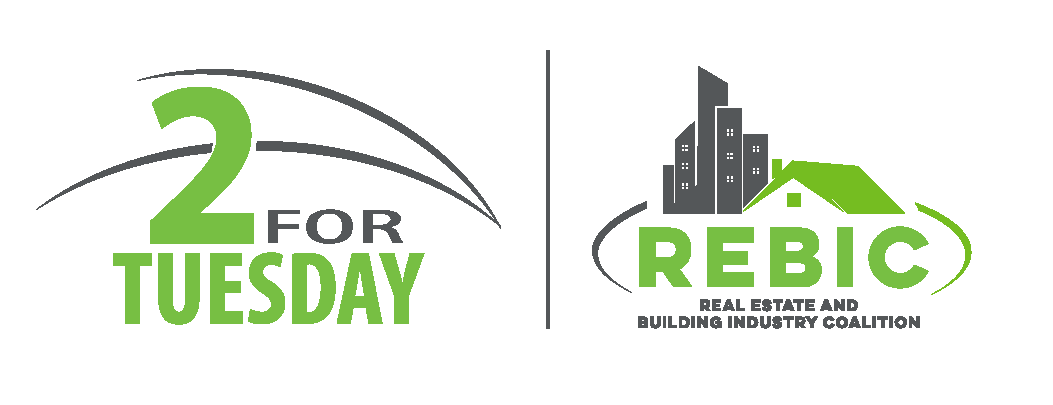-
By Russ Hazzard, Jonathan Chang, Development Magazine (photo of Vancouver, B.C. Costco by Raef Grohne)
Experiences in Canada and Asia provide case studies for building these complex properties.
Over the past 15 years, multilevel warehouses — particularly those used for retail purposes — have been a growing trend across Asia and, more recently, in the United States. However, some challenges accompany their design and construction that are not encountered in the traditional approach to large-format retail. With operational criteria at the top of the list, these challenges vary heavily based on several factors, including location, footprint, environment, jurisdictional requirements, and cultural and community influences.
The increase in demand for and construction of multilevel warehouses has unearthed numerous unique considerations not present in traditional warehouse environments. These challenges — each intricate in their own right — have required creative solutions and careful programming to successfully bring each project to life.

















